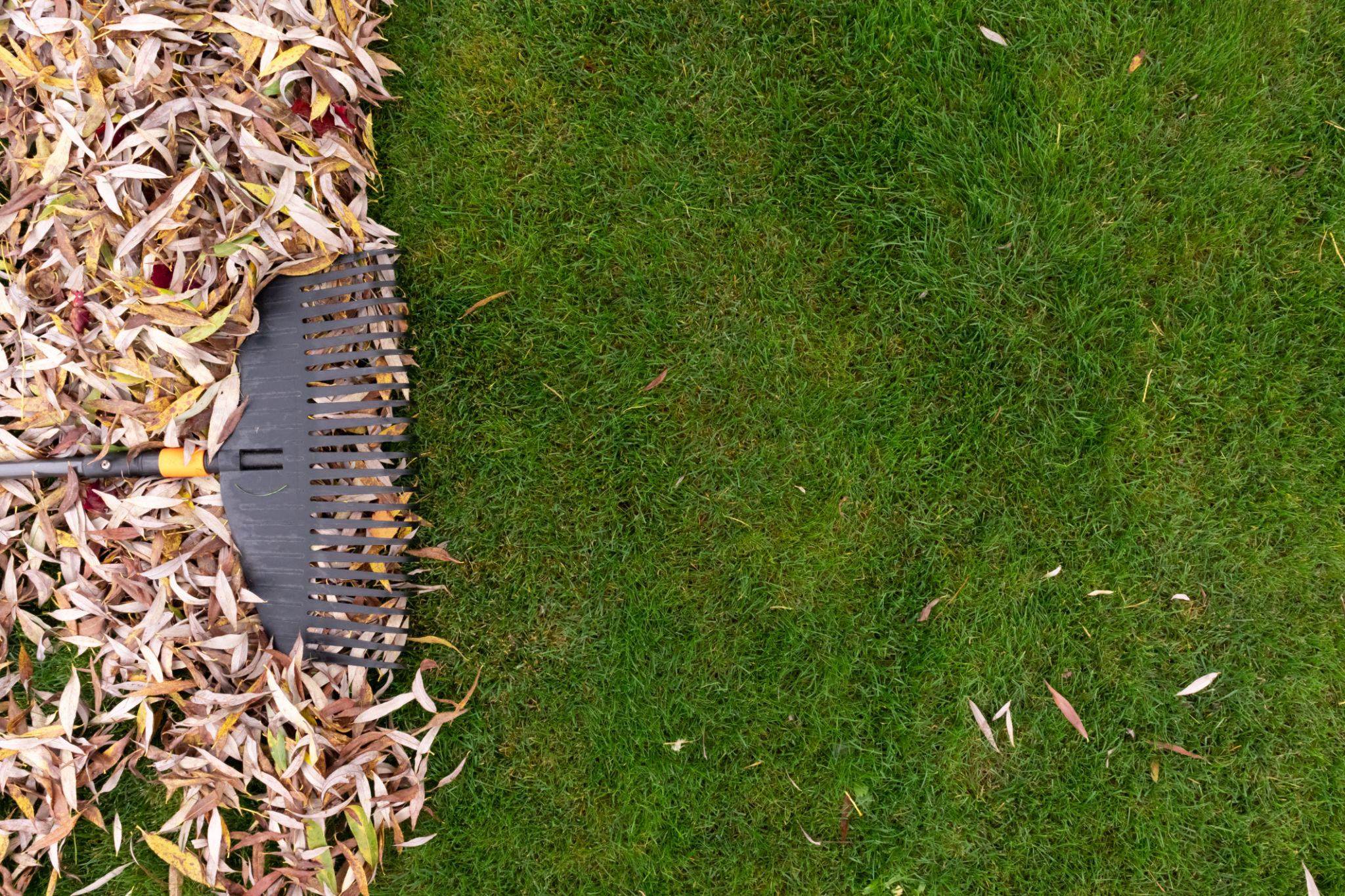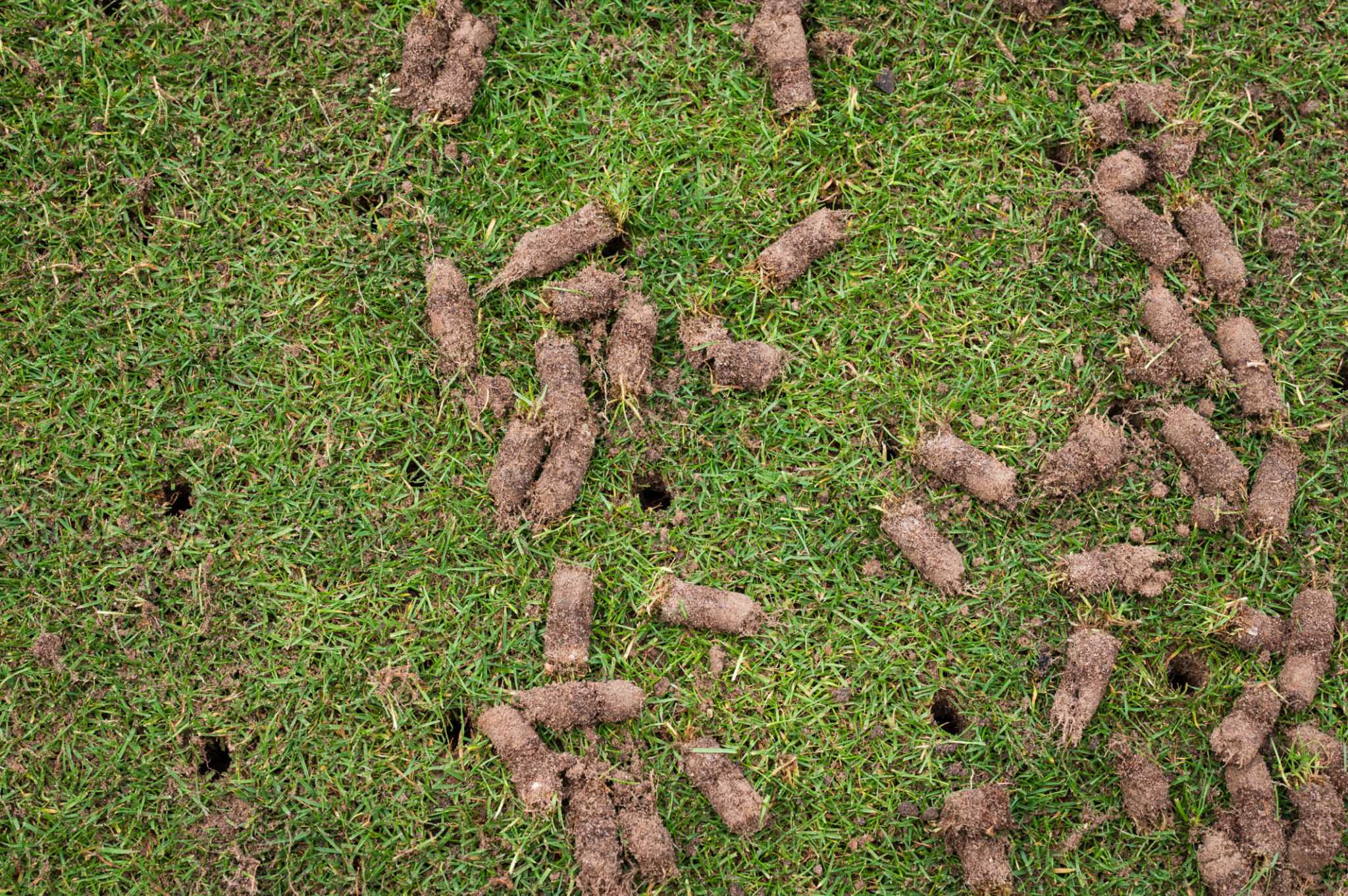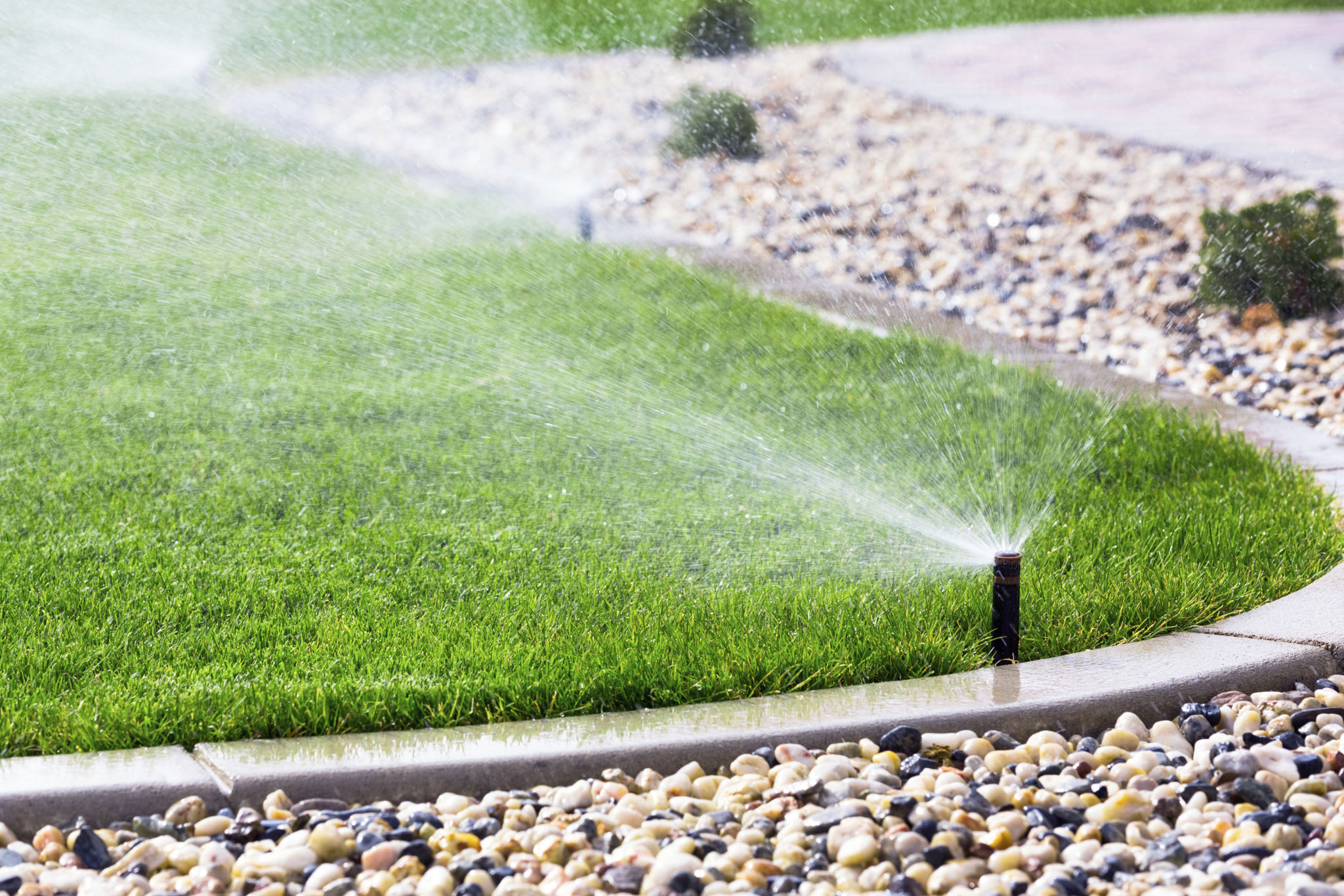Preparing Your Ohio Lawn for Winter: Essential Tips and Tricks
Understanding the Ohio Climate
Ohio's climate can be quite challenging for lawns, with cold winters and fluctuating temperatures. Preparing your lawn for winter is essential to ensure a lush, healthy yard come spring. Understanding the climate's impact on your lawn helps in selecting the right preparation strategies.
The region typically experiences frost by mid-October, which makes it vital to start prepping your lawn early in the fall. Implementing the right techniques will help your lawn withstand the harsh conditions of winter, ensuring a vibrant regrowth in the warmer months.
Essential Lawn Care Practices
One of the first steps in preparing your lawn for winter is mowing it to the correct height. Gradually lower your mower blade during the last few cuts of the season to keep your grass around 2 to 2.5 inches tall. This height helps prevent snow mold and other winter diseases.
Additionally, ensure you remove leaves and debris regularly. A blanket of leaves can suffocate your grass and lead to fungal growth. Make it a routine to rake or use a leaf blower to keep your lawn clear and healthy.

Fertilizing for Winter
Applying a slow-release fertilizer in late fall provides essential nutrients that help strengthen grass roots during winter dormancy. Opt for a fertilizer high in potassium, which enhances root growth and increases resistance to cold temperatures.
It's crucial to apply the fertilizer before the ground freezes to ensure that nutrients are absorbed effectively. This practice not only protects your lawn over winter but also gives it a head start when spring arrives.
Aeration and Overseeding
Aeration is another critical step in preparing your Ohio lawn for winter. This process involves perforating the soil with small holes to allow air, water, and nutrients to penetrate the grass roots. Aeration helps alleviate soil compaction and promotes healthier root development.

After aerating, consider overseeding your lawn. This involves spreading grass seed over existing grass to fill in thin areas and improve overall density. Choose a seed mix suitable for Ohio's climate and apply it in conjunction with a starter fertilizer for best results.
Watering Wisely
While it's important to reduce watering as temperatures drop, you shouldn't stop completely until the ground freezes. Your lawn needs sufficient moisture going into winter to maintain root health. Water deeply but infrequently during warm spells in late fall.
Be cautious not to overwater since excess moisture can lead to disease issues. Monitor weather forecasts and adjust your watering schedule accordingly to maintain an optimal balance.

Final Touches
As you finish preparing your lawn, take care of any necessary repairs or maintenance of your lawn equipment. Clean and store tools properly to ensure they are ready for use in spring. Winter is also a great time to sharpen mower blades and perform any required servicing.
By following these essential tips and tricks, you'll set your Ohio lawn up for success through the winter months and enjoy a lush, green oasis when spring arrives once more.